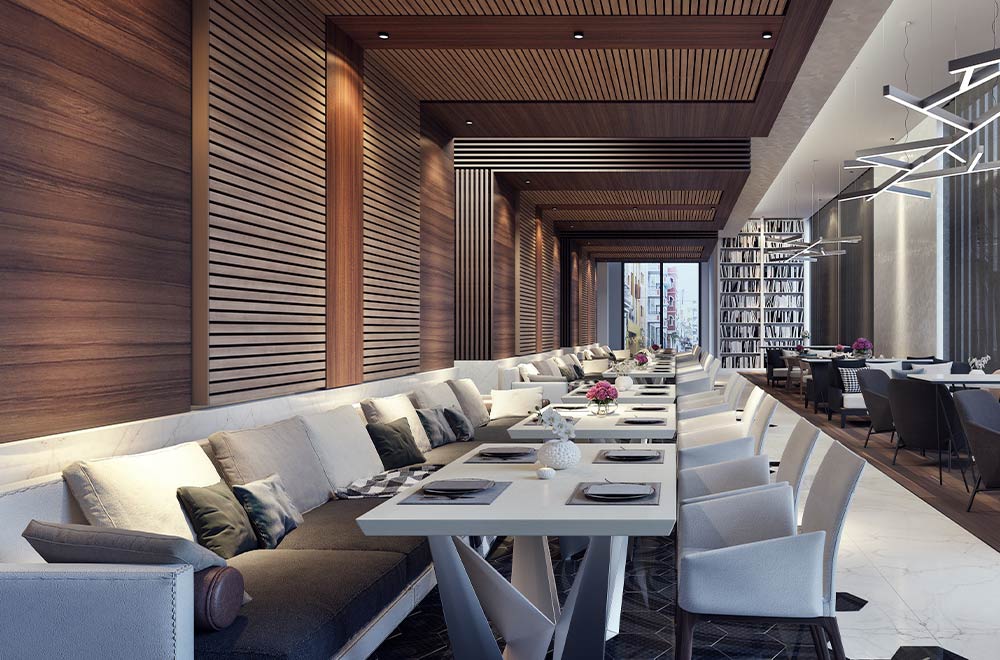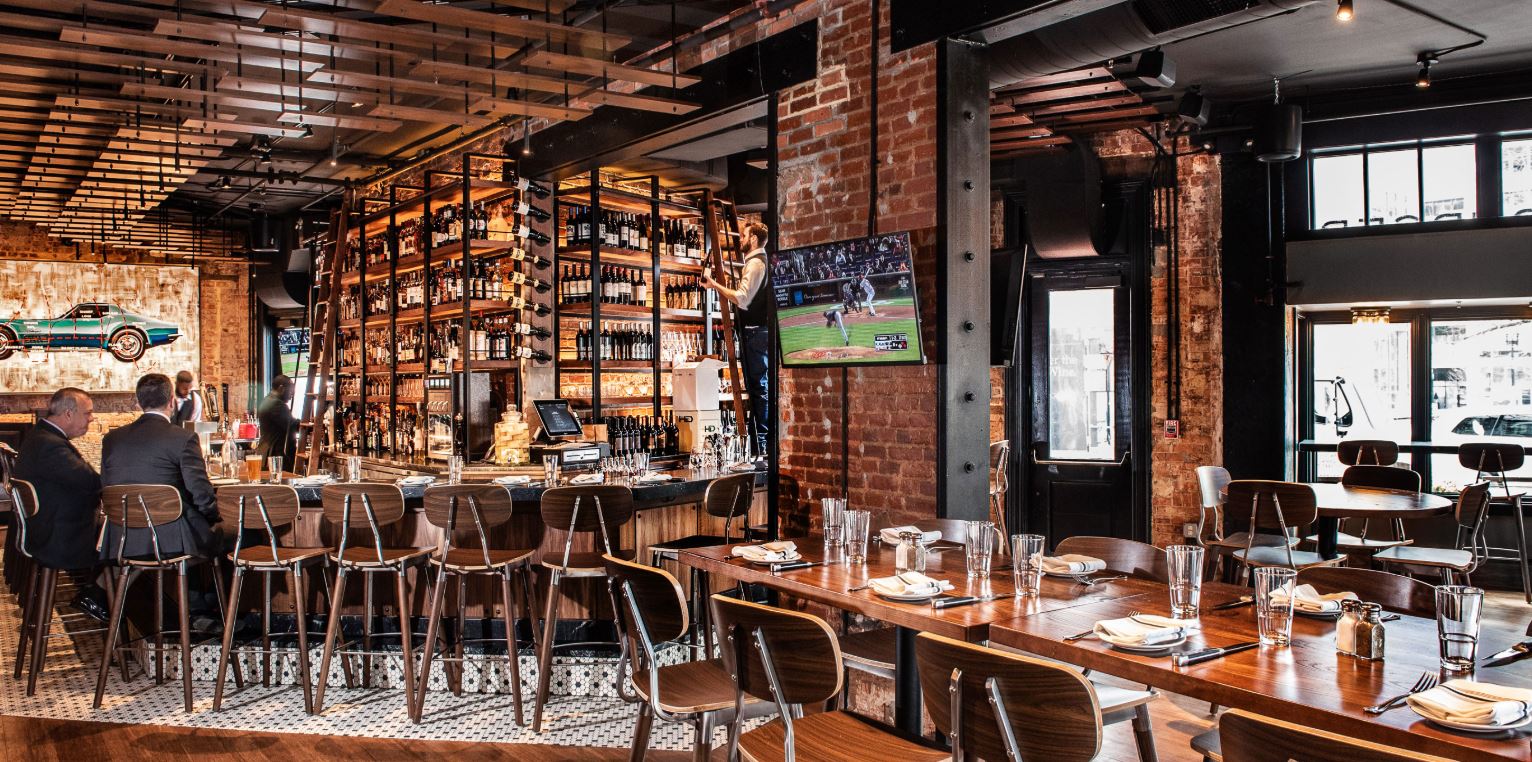Asian Restaurant ISB: A Must-Try Area for Food Lovers in Islamabad
Asian Restaurant ISB: A Must-Try Area for Food Lovers in Islamabad
Blog Article
Savor Genuine Oriental Food With a Pan-Asian Twist for a Cooking Experience
Starting a culinary trip with genuine Eastern cuisine, improved with a Pan-Asian spin, provides an unique opportunity to check out the rich tapestry of tastes that specify the region's diverse culinary customs. This experience invites you to relish the splendid equilibrium of preferences-- sweet, salted, spicy, and sour-- balanced by aromatic herbs and spices. Think of the innovative fusion of Thai curry and ramen or the unexpected pleasure of sushi burritos. As you ponder these tempting dishes, think about the cultural stories and historical impacts that form them, each bite providing a tale waiting to be discovered.

Checking Out Pan-Asian Flavors
In the realm of international gastronomy, Pan-Asian cuisine stands out for its exceptional variety and the harmonious interplay of tastes from various Oriental societies. This culinary method commemorates the rich customs and unique ingredients discovered throughout the continent, creating a tapestry of preferences that is both enjoyable and appealing. Key to Pan-Asian food is its capability to balance different flavors-- pleasant, salted, spicy, and sour-- while highlighting the quality and high quality of each ingredient.
From the umami-rich soy sauce of Japan to the fiery chili peppers of Thailand, Pan-Asian food supplies an extensive combination of tastes. These components are commonly combined in inventive means, enhancing recipes with layers of intricacy. As an example, using aromatic herbs such as lemongrass and cilantro, common in Vietnamese and Thai cuisine, includes a refreshing illumination to recipes, while the unification of coconut milk provides a luscious, rich structure.
The emphasis on fresh produce and fragrant spices makes sure that each meal is not only a banquet for the palate yet also for the senses. Pan-Asian cuisine welcomes restaurants to start a cooking journey, discovering the large and varied landscapes of Oriental gastronomy with every bite.
Combination Meals to Try
While Pan-Asian food is commemorated for its traditional tastes, the modern-day culinary landscape is progressively accepting fusion dishes that blend these traditional elements with influences from various other regions. This cutting-edge approach not only honors the rich heritage of Asian culinary arts yet additionally introduces unique taste experiences that interest modern palates.
A prime instance of such a blend meal is the Korean-Mexican taco, where marinated bulgogi beef is wrapped in a warm tortilla, covered with kimchi and a hot gochujang-infused salsa. This combination weds the strong, savory tastes of Korea with the dynamic, fresh components of Mexican food. Likewise, sushi burritos have gained appeal, integrating the delicate creativity of Japanese sushi with the passionate, hand-held ease of a burrito, often featuring fusion active ingredients like tempura shrimp and avocado with a drizzle of wasabi mayo.
An additional notable dish is Thai curry ramen, which infuses the velvety, aromatic seasonings of Thai curry into the soothing broth of typical Japanese ramen, producing an unified blend that entices the senses. These fusion meals expand past plain novelty; they stand for a cooking discussion in between societies, motivating expedition and innovation in the world of Pan-Asian cuisine.
Crucial Active Ingredients and Flavors
To truly value Pan-Asian cuisine, one have to comprehend the essential active ingredients and spices that form its foundation. This diverse cooking style attracts from a rich tapestry of Oriental customs, employing a harmonious mix of appearances and tastes. Trick components include soy sauce, fish sauce, and oyster sauce, which pass on a mouthwatering umami deepness vital to Oriental dishes. Complementary to these are rice vinegar and mirin, offering a fragile level of acidity and sweet taste.
Aromatic components are crucial, with ginger, garlic, and this post lemongrass being ubiquitous across numerous Pan-Asian recipes. These active ingredients supply an aromatic base that improves the intricacy of flavors. Seasonings such as star anise, cardamom, and cinnamon introduce heat and character, resembling influences from regions like China and India.

Food Preparation Strategies and Tips
Mastering the art of Pan-Asian food requires familiarity with its unique cooking techniques, each adding to the lively tapestry of flavors this culinary practice is commemorated for. Central to these methods is the stir-fry, a rapid cooking method that protects the nutritional integrity and brilliant shades of components. Utilizing a frying pan, the stir-fry approach allows for even heat distribution, crucial for attaining the particular texture and flavor balance of Pan-Asian dishes.
Another basic strategy is steaming, specifically widespread in Chinese food. This mild approach preserves the all-natural flavors and nutrients of components, making it suitable for fish and shellfish and veggies. Dumplings, a cherished staple, typically profit from steaming, leading to soft, succulent textures.
Barbecuing, likewise important, gives smoky depths to dishes such as Oriental bulgogi or Japanese yakitori (asian fusion restaurant). This technique frequently involves seasoning components, allowing tastes to pass through deeply prior to food preparation over an open flame or warmer
Lastly, understanding the art of stabilizing flavors-- sweet, sour, salted, bitter, and umami-- is critical. Appropriately layering these components can raise a dish from ordinary to phenomenal, offering a complex and pleasing culinary experience that embodies the significance of Pan-Asian cuisine.
Eating Experiences Worldwide
Across the world, Pan-Asian cuisine offers an unrivaled eating experience, celebrated for its rich tapestry of flavors and lively discussions. This culinary sensation has actually gone beyond social limits, recording the hearts and tastes of food lovers worldwide. In worldwide cities like New York, London, and Sydney, Pan-Asian dining establishments work as fusions where culinary practices from Thailand, Japan, China, and beyond assemble, providing diners with a diverse food nearby mix of dishes that highlight the region's variety.
The international appeal of Pan-Asian cuisine hinges on its capability to use both credibility and development. Cooks masterfully wed typical active ingredients such as lemongrass, soy sauce, and miso with contemporary techniques, resulting in dishes that are both familiar and refreshingly new. This fusion allows restaurants to start a cooking trip that values heritage while welcoming modernity.
Moreover, dining experiences are boosted through thoughtfully designed atmospheres that show the values of Pan-Asian aesthetic appeals. From minimal Japanese-inspired insides to vibrant Thai-themed spaces, each dining establishment offers a distinct atmosphere that enhances the cooking offerings. Because of this, customers are not simply consuming a meal however partaking in a social experience, making Pan-Asian eating a really international sensation.
Final Thought
The exploration of Pan-Asian food uses a profound understanding of the elaborate interplay of tastes and culinary traditions throughout Asia. By accepting fusion dishes such as Thai curry ramen and sushi burritos, the cooking journey not just highlights the flexibility of standard ingredients but additionally showcases ingenious modern strategies. This gastronomic journey, enriched by vital spices and cooking approaches, gives a special look at this now opportunity to value the cultural variety and culinary artistry that define Pan-Asian cuisine on an international scale.
Embarking on a cooking journey through genuine Oriental food, improved with a Pan-Asian spin, offers an unique possibility to explore the rich tapestry of tastes that specify the area's varied cooking traditions.In the realm of global gastronomy, Pan-Asian cuisine stands out for its amazing diversity and the unified interaction of tastes from numerous Eastern cultures. Trick to Pan-Asian cuisine is its capability to balance different flavors-- wonderful, salted, spicy, and sour-- while highlighting the freshness and high quality of each component.

Report this page